11 Countries Where Tourists Are No Longer Welcome
In an era where global exploration has become a modern rite of passage, a surprising paradox is reshaping the travel landscape: nations once eager for visitors are now subtly (or overtly) tightening their borders. The magnetic allure of new cultures, cuisines, and breathtaking vistas is increasingly challenged by a growing list of destinations actively re-evaluating their welcome. This isn't just about fleeting pandemic restrictions; it's a profound re-thinking of what tourism costs. We're delving into 12 specific nations and iconic sites that are leading this quiet revolution, illuminating the complex reasons behind their decisions. From environmental preservation to cultural safeguarding and community well-being, prepare for a nuanced understanding of why some of the world's most cherished places are putting up new boundaries, offering a vital glimpse into the future of responsible exploration.
1. Bhutan: The "High-Value, Low-Impact" Pioneer

Bhutan remains the quintessential example of a nation intentionally limiting tourism. Since 1974, its "High-Value, Low-Impact" policy requires most visitors to pay a daily Sustainable Development Fee (SDF), currently $100 USD per person per night (reduced from $200 pre-pandemic). This isn't a ban, but a deliberate price point designed to attract discerning travelers who respect its pristine environment and unique Buddhist culture, ensuring tourism revenue directly funds healthcare, education, and ecological preservation. It's a strategic move to prevent overtourism and maintain authentic cultural integrity.
2. Venice, Italy: Battling Overtourism's Tide
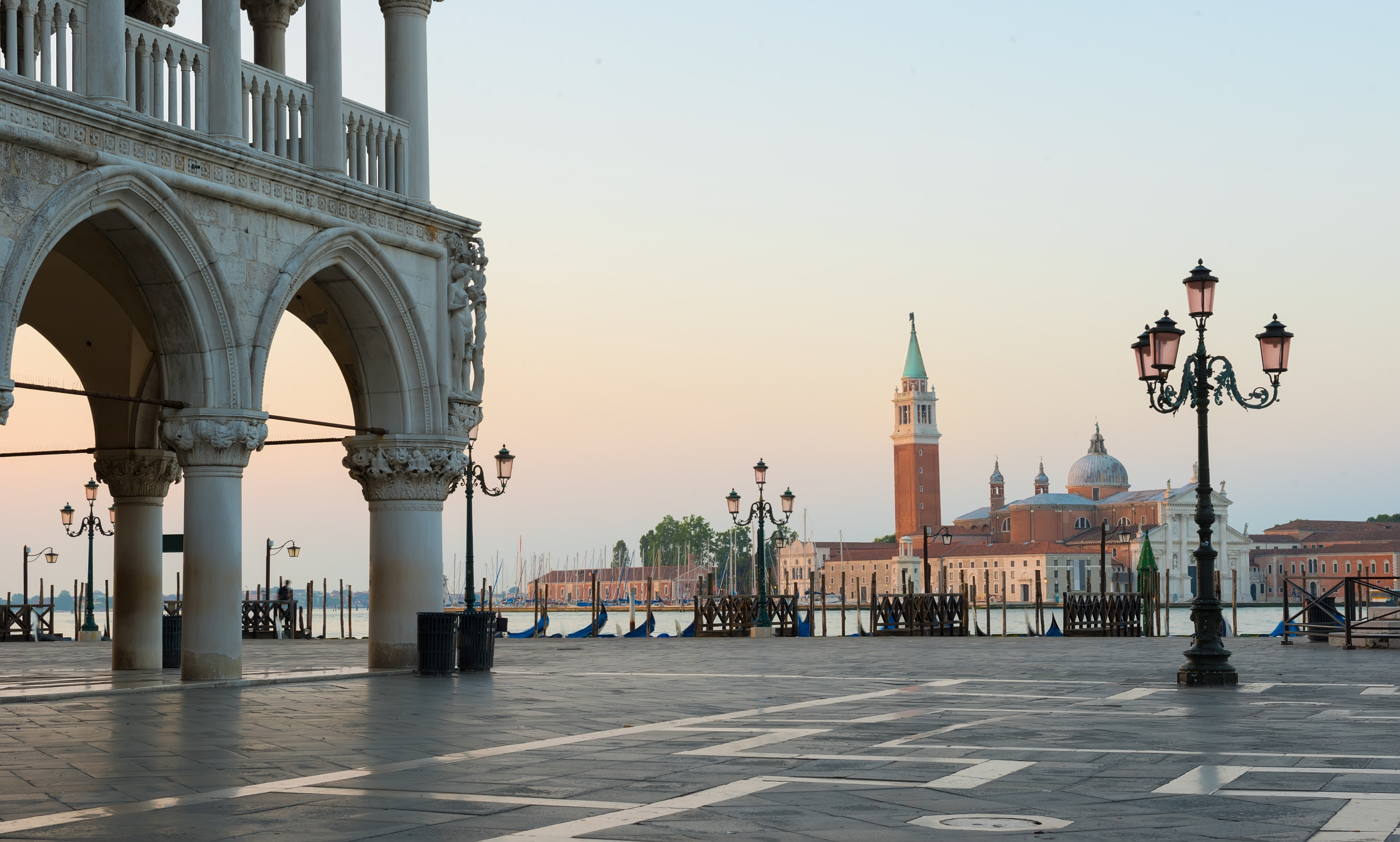
Venice, the enchanting city of canals, is at the forefront of the battle against overtourism. Overwhelmed by daily throngs, especially day-trippers, it implemented a controversial €5 access fee for short-term visitors on peak days as of April 2024. This, alongside bans on large cruise ships from docking in its historic basin and efforts to control tourist apartments, aims to reclaim public spaces for residents. Venice is a poignant example of a city attempting to protect its fragile infrastructure and quality of life from the sheer volume of visitors.
3. Amsterdam, Netherlands: Curbing Nuisance Tourism
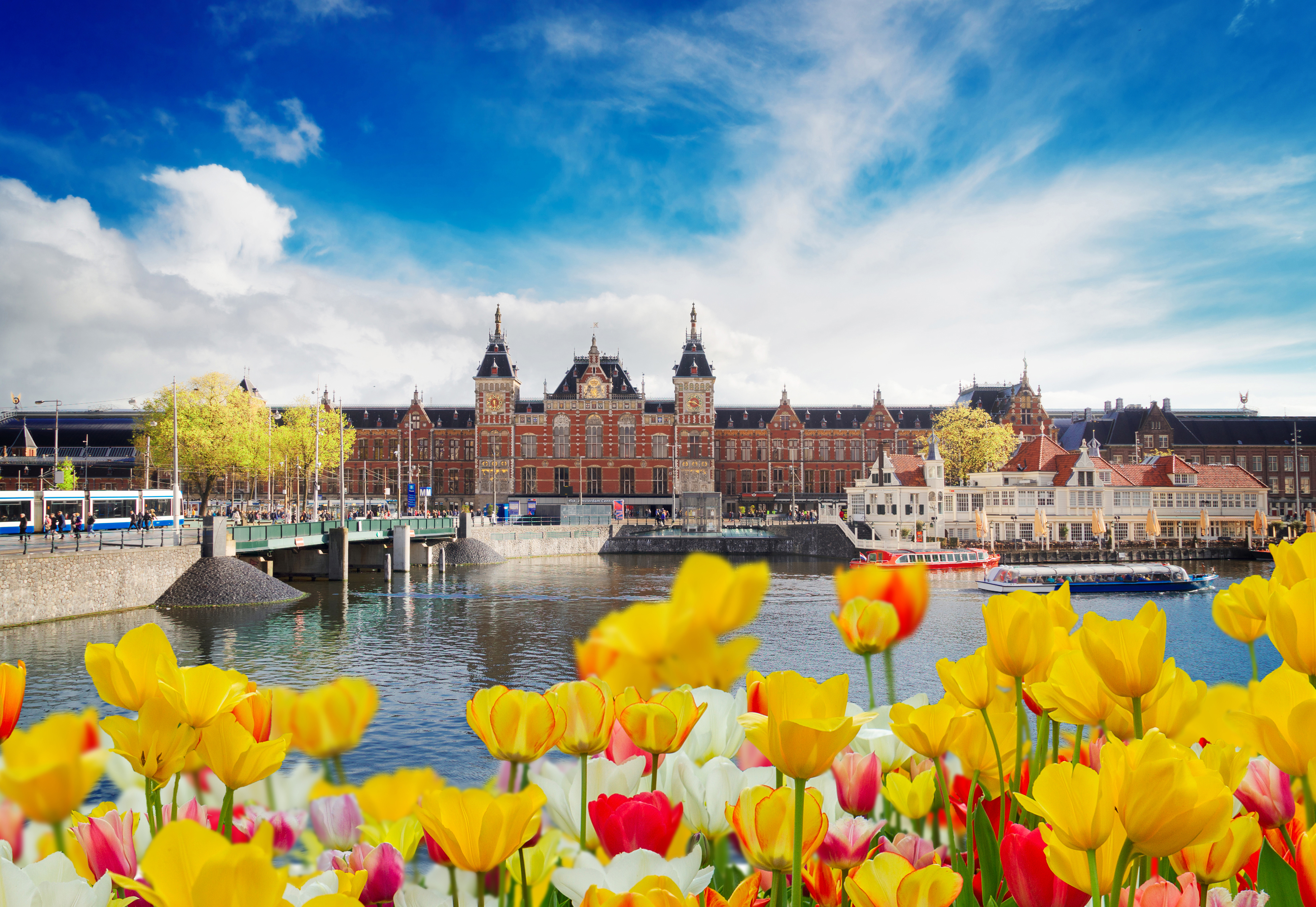
Amsterdam is actively trying to deter certain types of mass tourism, specifically focusing on "nuisance tourism" associated with drugs, alcohol, and disruptive behavior in its Red Light District and city center. Beyond bans on cannabis smoking in public and restrictions on pub crawls, there's a broader campaign to attract more culturally-minded visitors. This isn't about closing doors entirely, but about reshaping the city's image and visitor demographic, ensuring a higher quality of life for residents and a more respectful tourist experience.
4. Galapagos Islands, Ecuador: Preserving Unique Biodiversity

The Galapagos Islands, a UNESCO World Heritage site and a living laboratory of evolution, implement stringent visitor controls to protect their unparalleled biodiversity. Tourists must be accompanied by licensed naturalist guides, adhere to strict pathways, and visit only designated sites. There are limits on visitor numbers, and a national park entrance fee (currently $100 for foreigners) helps fund conservation. These measures ensure that human impact is minimized, safeguarding the delicate ecosystems and unique species found nowhere else on Earth.
5. Machu Picchu, Peru: Safeguarding Ancient Heritage

Peru's iconic Inca citadel, Machu Picchu, meticulously manages visitor flow to preserve its ancient stone structures and fragile environment. Visitors must now adhere to specific circuits, often with time limits, and access to certain key areas can be restricted. Tickets are issued for specific entry times, and overnight stays within the citadel itself are forbidden. These capacity controls are crucial for mitigating erosion, maintaining the site's structural integrity, and ensuring a sustainable, respectful experience of this sacred wonder.
6. Antarctica: Strict Environmental Stewardship

Traveling to Antarctica is a privilege governed by rigorous international treaties (the Antarctic Treaty System) and strict environmental protocols. Tour operators adhere to quotas for visitor numbers, group sizes are limited, and guidelines prohibit touching wildlife or disturbing habitats. Ships must meet stringent environmental standards. This collective effort ensures the continent remains pristine, balancing scientific research and awe-inspiring tourism with paramount environmental protection for one of Earth's last true wildernesses.
7. Palau: The Eco-Pledge Requirement
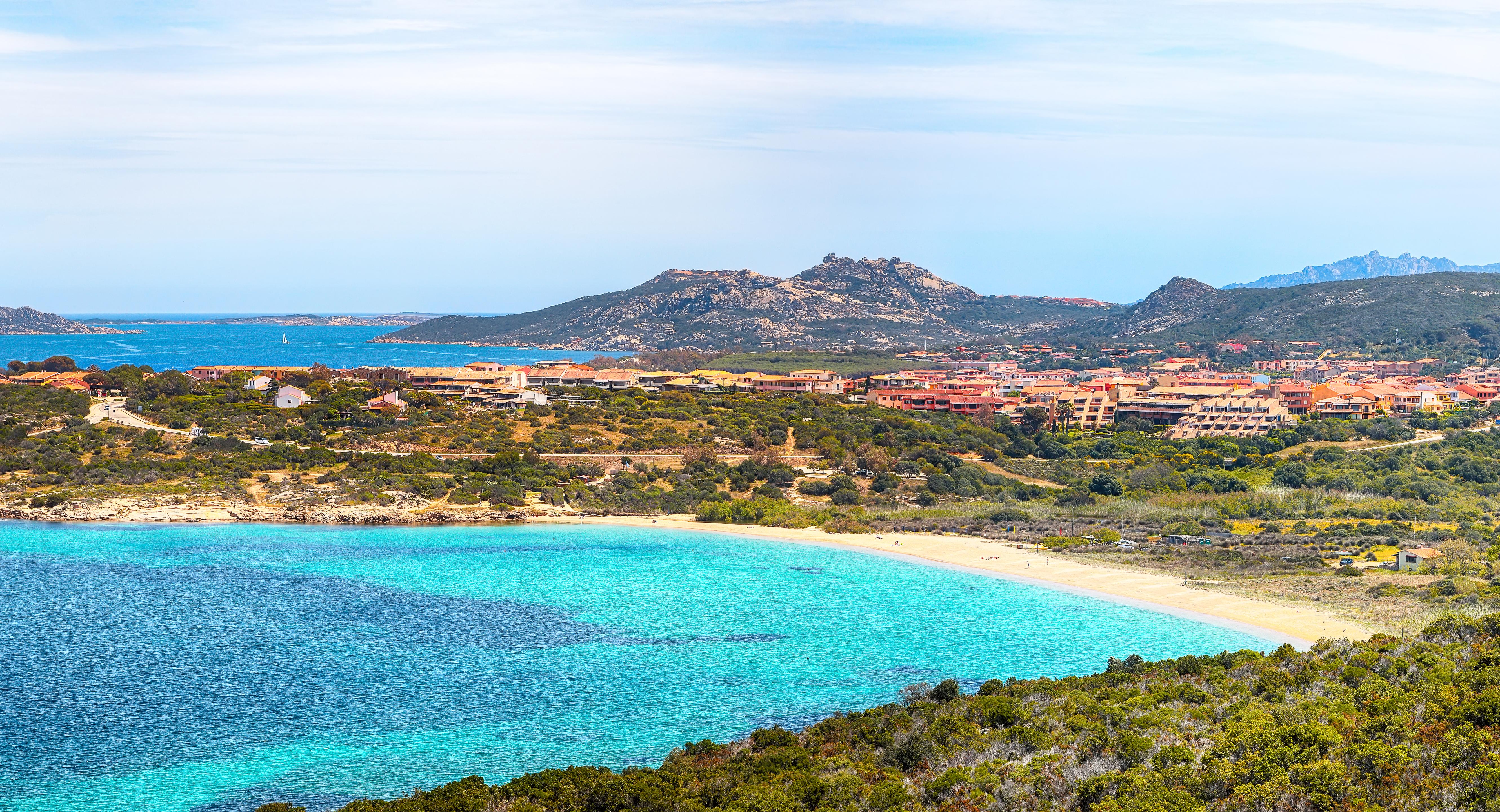
The small Pacific island nation of Palau has implemented a groundbreaking conservation initiative: the "Palau Pledge." Upon arrival, all visitors must sign an oath stamped into their passports, promising to act in an environmentally and culturally responsible manner. This unique, legally-binding pledge, alongside stringent environmental regulations on marine life and pristine natural sites, reflects Palau's commitment to protecting its delicate ecosystem and culture from tourism's potential harms, prioritizing sustainable practices over sheer numbers.
8. Kyoto, Japan: Navigating Overtourism in Historic Gion

Kyoto, with its timeless temples and geisha districts, has faced significant overtourism challenges, particularly in areas like Gion. While the city itself remains open, recent measures include bans on tourist photography in certain private alleyways and increased signage discouraging disrespectful behavior towards geiko and maiko. This reflects a local community's effort to reclaim cultural spaces and preserve the authenticity of their daily lives from the overwhelming impact of mass tourism, balancing hospitality with heritage protection.
9. Thailand (e.g., Maya Bay): Environmental Rehabilitation Closures
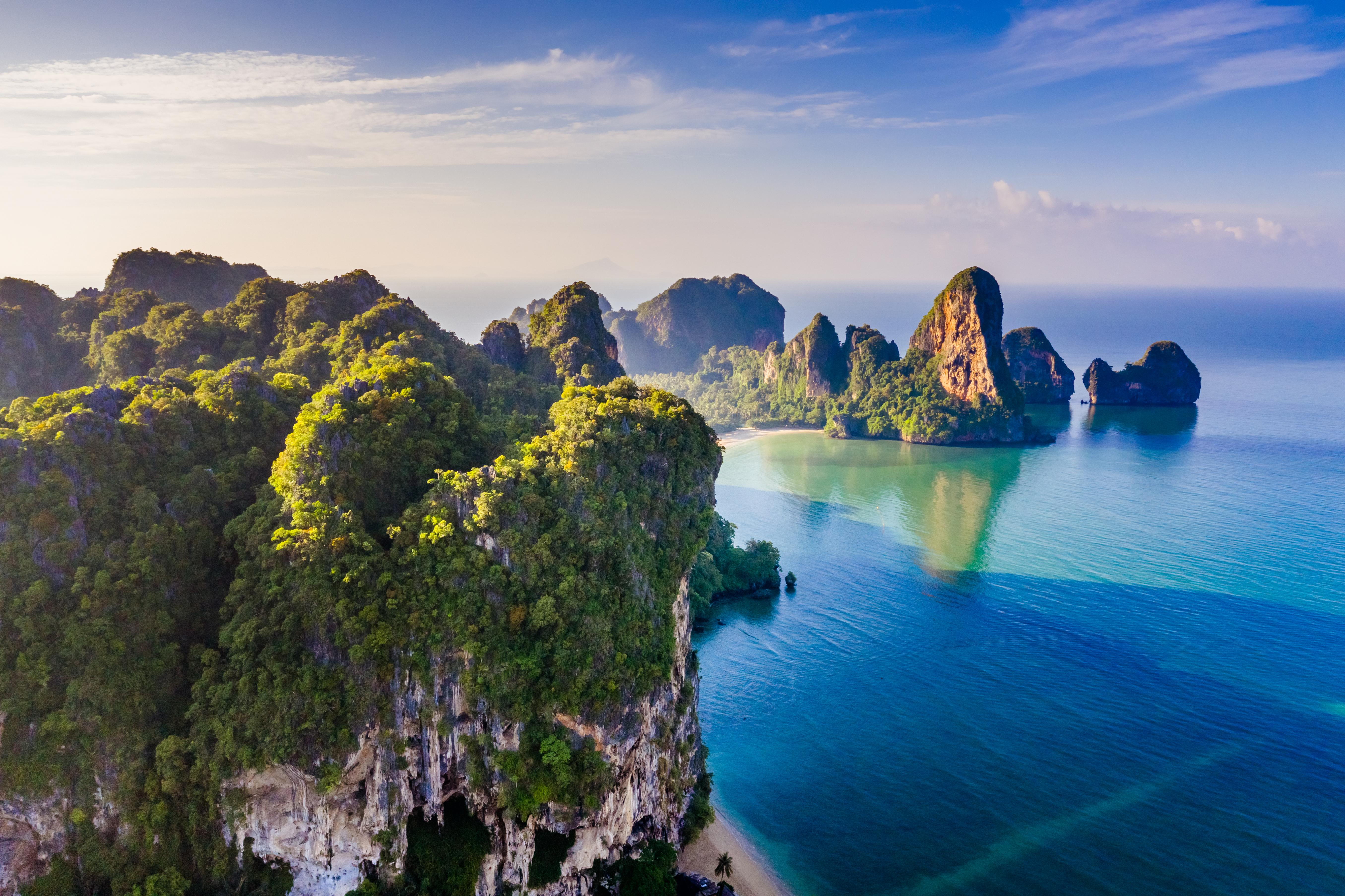
Thailand has demonstrated a willingness to entirely close iconic tourist sites for environmental rehabilitation. Most famously, Maya Bay (from "The Beach" movie) on Phi Phi Leh island was closed for over three years to allow its coral reefs and marine life to recover from excessive tourism. While it has since reopened with strict rules (no swimming, limited numbers), this ongoing policy sets a precedent that the health of natural wonders takes precedence over immediate tourism revenue, showcasing a commitment to long-term sustainability.
10. Sardinia, Italy (Specific Beaches): Coastal Capacity Limits
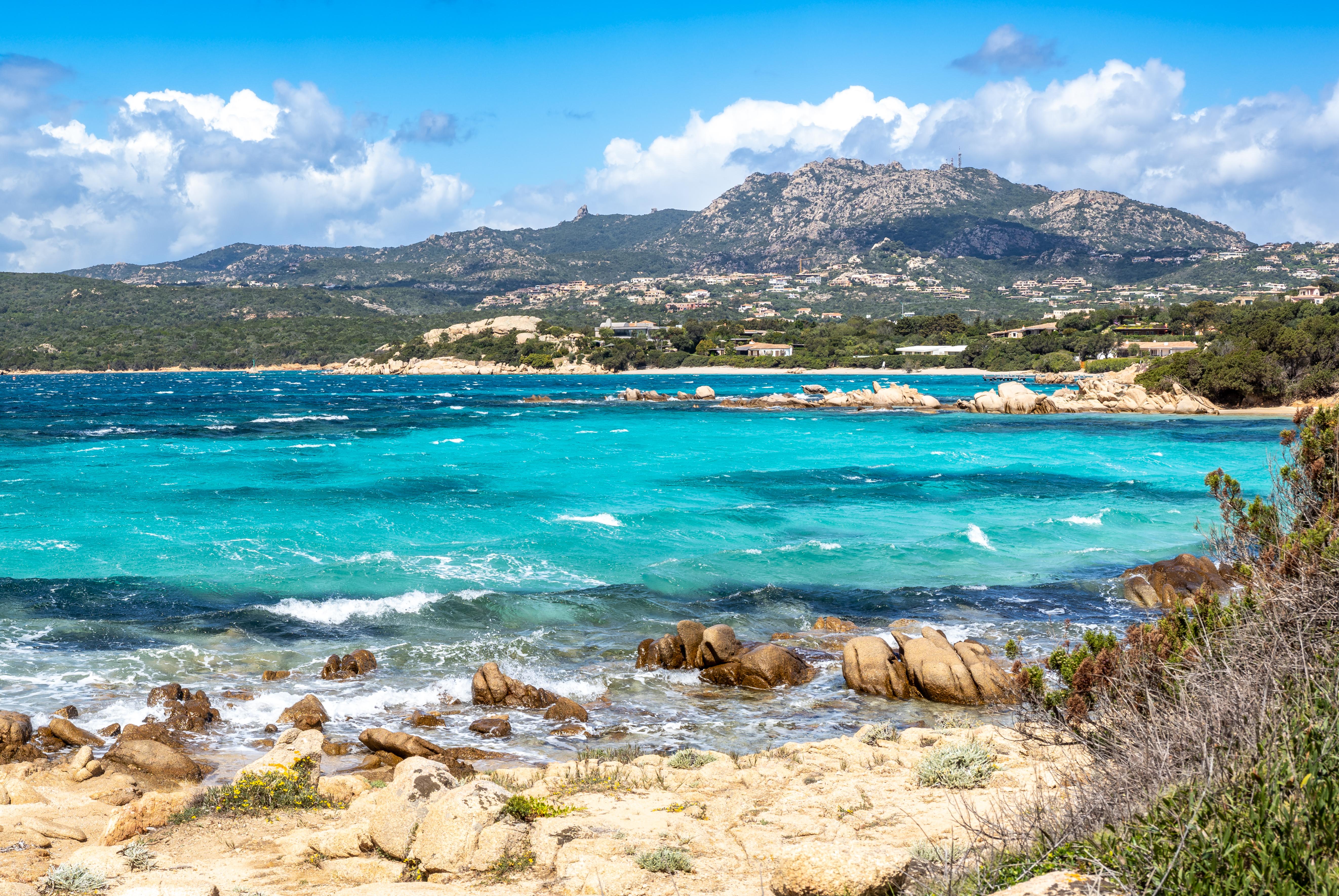
Italy's island of Sardinia has introduced a system of daily quotas and advance booking requirements for access to some of its most pristine and popular beaches, particularly in the stunning Cala Gonone area. Beaches like Cala Luna or Cala Mariolu now have limited entry numbers and require booking well in advance, sometimes with a fee. This is a direct response to overtourism and environmental degradation, aiming to preserve the delicate coastal ecosystems and ensure a higher quality visitor experience for those who do get access.
11. Mount Everest (Nepal/China): Permits, Safety, & Environmental Controls

Access to Mount Everest's base camps and summit is highly regulated by both Nepalese and Chinese authorities. Climbing permits are expensive and limited, requiring significant experience. China's side, in particular, has sometimes restricted access to Everest Base Camp for non-climbers and implemented stricter waste management rules due to environmental concerns. These measures are driven by safety (reducing congestion and accidents) and environmental preservation (managing human waste and pollution) on the world's highest peak.
12. New Zealand (Post-Pandemic Caution): Willingness to Restrict

While largely reopened, New Zealand serves as a prime example of a nation with the political will and public support to severely restrict international travel when deemed necessary. Its highly successful "elimination strategy" during the pandemic involved strict border closures for an extended period. This demonstrated a national capacity and willingness to prioritize public health and local well-being over tourism revenue, showcasing a model that could be adapted for other national interests in the future.
Reimagining Global Welcome: The Future of Responsible Travel

The subtle shifts in international tourism reflect a profound re-evaluation by nations. These examples illuminate the complex balance between inviting the world and safeguarding national interests – be it culture, environment, or quality of life for residents. As travelers, our role evolves too. Understanding these choices fosters more responsible exploration, paving the way for a future where cherished destinations can thrive without being loved to death, ensuring that the magic of discovery endures.








